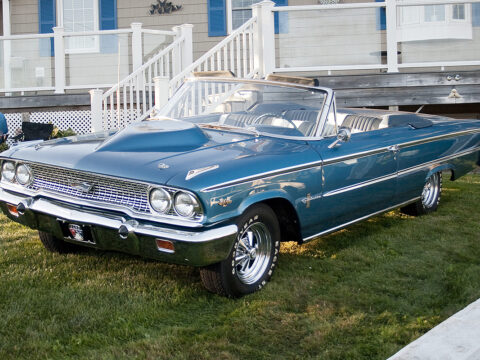Driving is on the cusp of a technological revolution with gadgets that promise to make our roads safer and more convenient. From automated parking to augmented reality windshields, these high-tech innovations could transform the way we experience our daily commutes. However, many of these advancements are still awaiting legal approval before they can become a part of our everyday lives. Let’s explore some of the most exciting vehicle gadgets that drivers are eagerly anticipating.
Contents
Automated Parking Systems
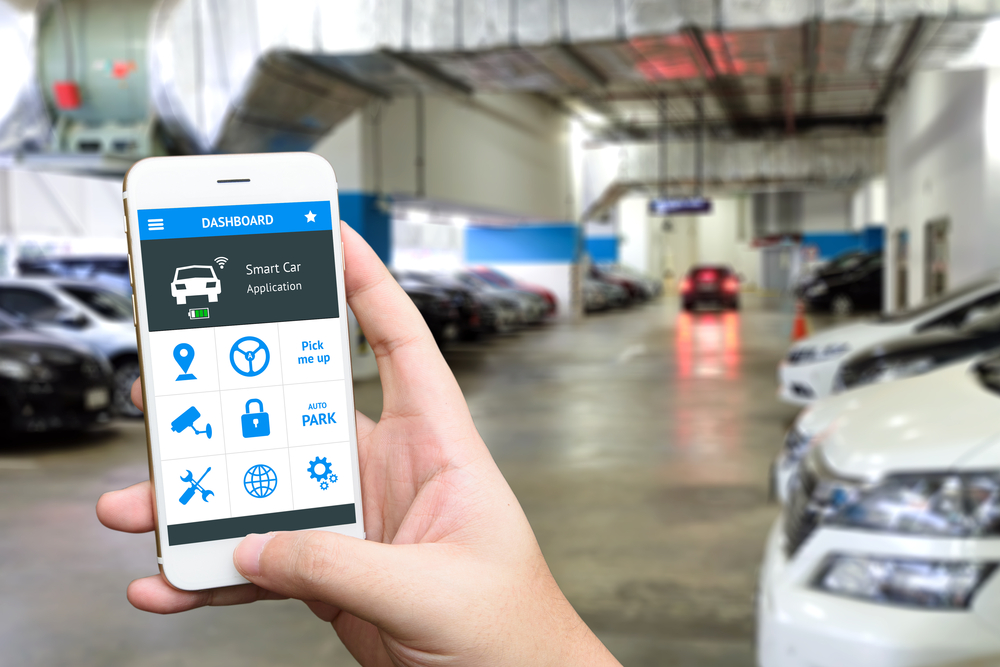
Automated parking systems promise to revolutionize how we handle parking in crowded urban areas. These systems allow vehicles to autonomously park themselves in tight spaces without human intervention, using advanced sensors and cameras. Not only does this reduce the time and stress associated with finding a parking spot, but it also minimizes the risk of parking-related accidents. However, widespread legal acceptance is required to ensure that these systems meet safety and reliability standards across various jurisdictions.
Vehicle-to-Vehicle (V2V) Communication
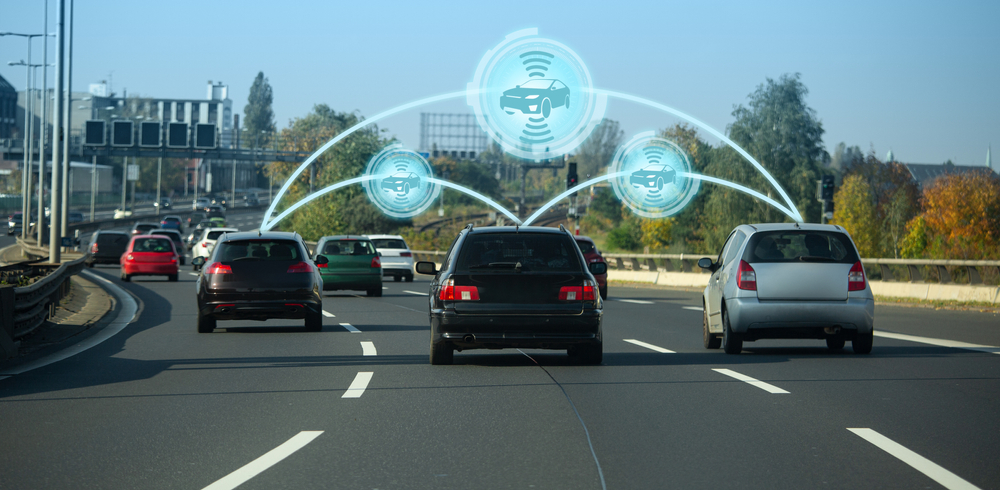
Vehicle-to-vehicle (V2V) communication enables cars to exchange information about their speed, position, and direction. This real-time data sharing can significantly reduce accidents by alerting drivers to potential collisions or hazards that are not yet visible. V2V communication can also optimize traffic flow, reducing congestion and improving fuel efficiency. Despite its potential, legal hurdles regarding data privacy and standardization must be overcome before it can be widely implemented.
Autonomous Driving Features
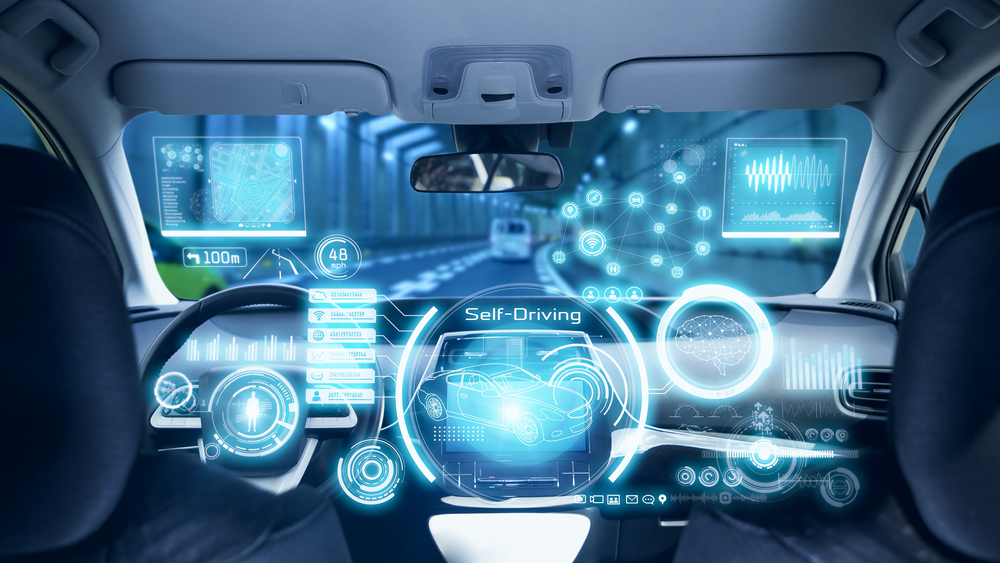
Autonomous driving features are at the forefront of automotive innovation, promising a future where cars can drive themselves. These systems use a combination of sensors, cameras, and artificial intelligence to navigate roads safely. While the technology is rapidly advancing, the legal framework to support fully autonomous vehicles is still in development. Ensuring these vehicles can safely interact with human-driven cars and pedestrians is crucial for their acceptance and integration.
Gesture Control Interfaces

Gesture control interfaces allow drivers to control various functions of their vehicle with simple hand movements. This technology can reduce driver distraction by eliminating the need to fumble with buttons or touchscreens. For example, a wave of the hand can adjust the volume or answer a phone call. Although the technology exists, legal and regulatory bodies need to establish guidelines to ensure that these systems do not compromise safety and are intuitive for all drivers.
Collision Avoidance Systems
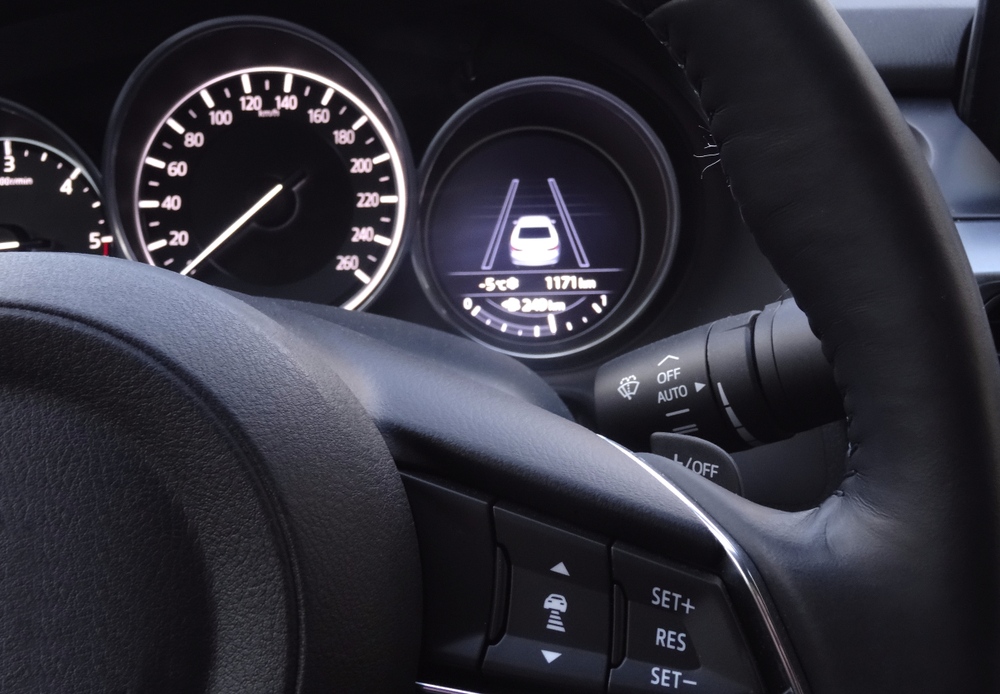
Collision avoidance systems use sensors and cameras to detect potential obstacles and automatically apply the brakes to prevent accidents. These systems can be particularly effective in reducing rear-end collisions and pedestrian accidents. While many cars already come equipped with basic collision avoidance technology, more advanced systems with higher levels of automation are still awaiting legal approval to become standard features in all vehicles.
Biometric Driver Identification Systems

Biometric driver identification systems enhance vehicle security by using fingerprint or facial recognition to start the car. These systems ensure that only authorized users can operate the vehicle, reducing the risk of theft. Additionally, they can personalize the driving experience by automatically adjusting settings based on the driver’s preferences. Legal acceptance of biometric systems hinges on addressing privacy concerns and ensuring the security of biometric data.
Integrated Drone Support Systems
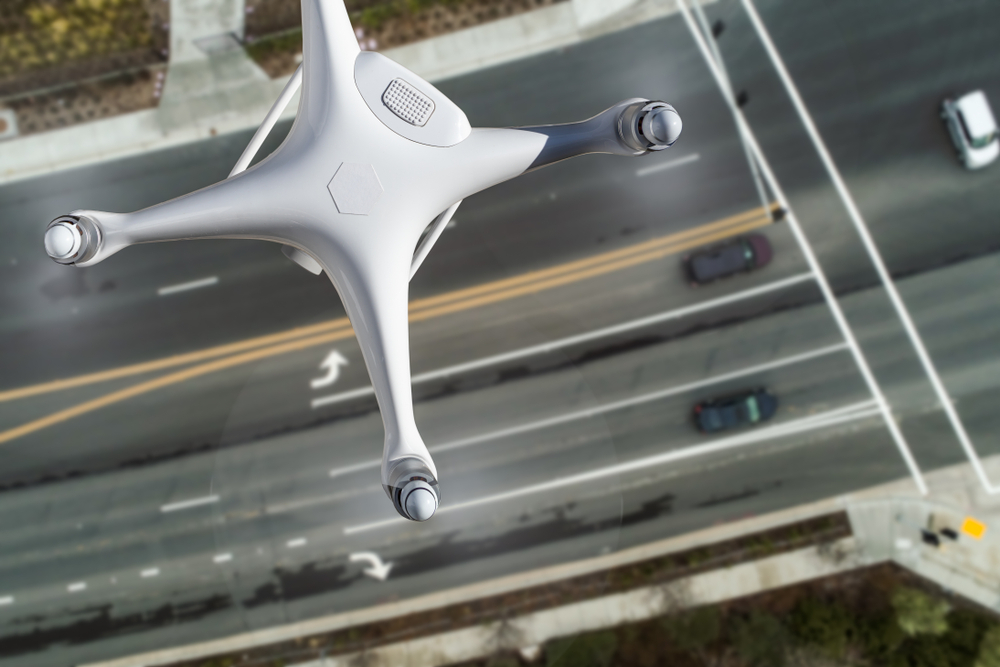
Integrated drone support systems allow drivers to deploy drones from their vehicles for various purposes, such as surveying traffic conditions or capturing aerial footage. These systems can enhance situational awareness and provide valuable data for navigation. However, the integration of drones into vehicle systems raises legal questions about airspace regulations, privacy, and safety that must be addressed before widespread adoption.
Augmented Reality Windshield Displays
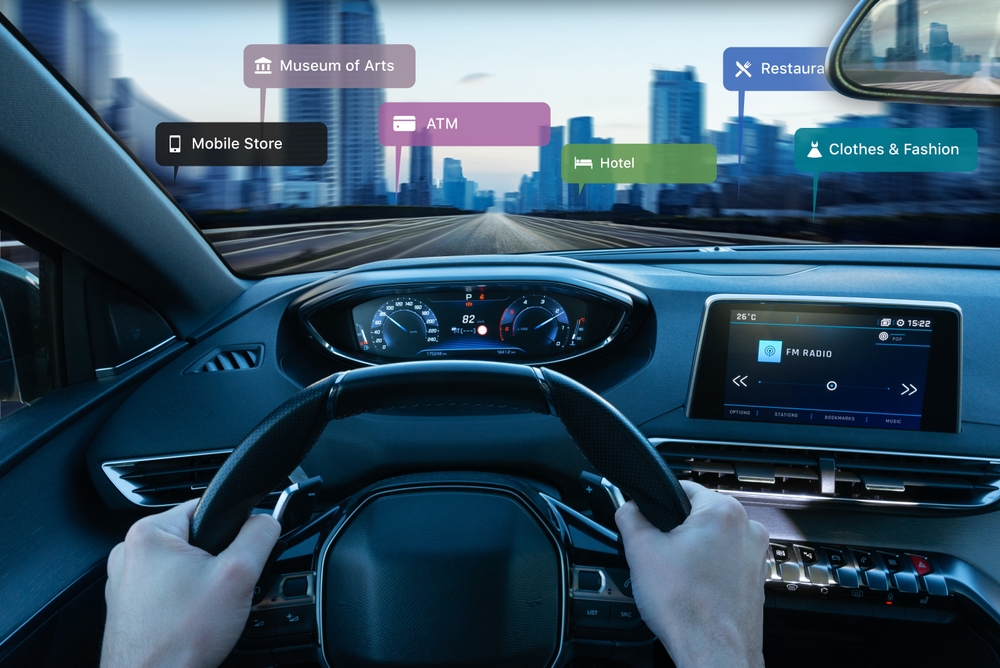
Augmented reality (AR) windshield displays overlay critical information, such as navigation directions and hazard warnings, directly onto the windshield. This technology can enhance driver awareness and reduce distraction by keeping essential information in the driver’s line of sight. Legal acceptance requires rigorous testing to ensure that AR displays do not obstruct the driver’s view or become a source of distraction.
Advanced Night Vision Systems
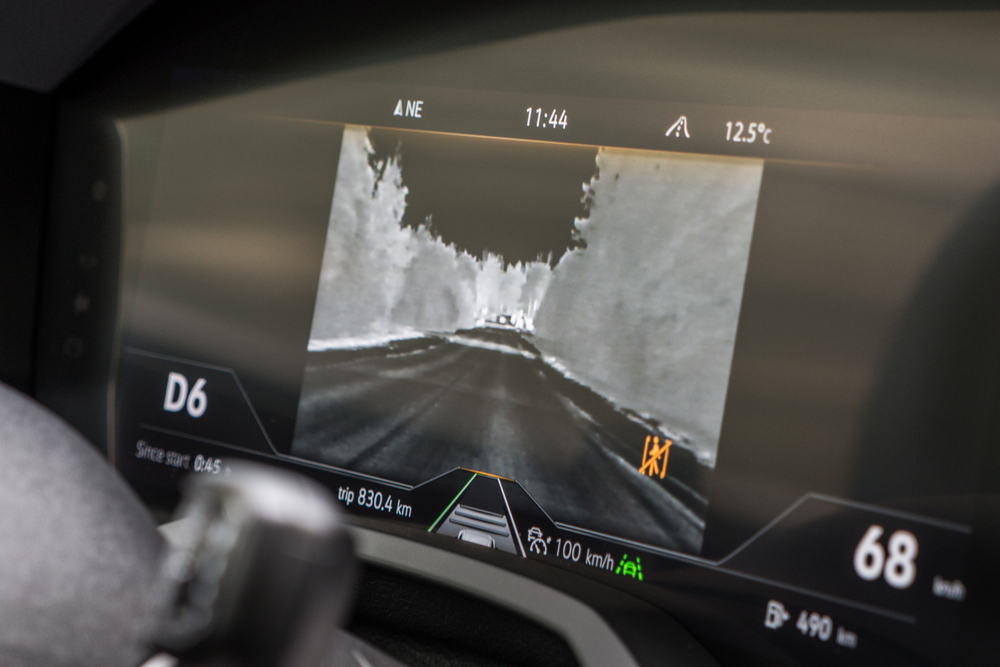
Advanced night vision systems use infrared sensors to detect obstacles and hazards in low-light conditions, displaying them on the dashboard or windshield. These systems can significantly improve nighttime driving safety by allowing drivers to see beyond the range of their headlights. Before these systems can become standard, legal regulations must ensure their accuracy and reliability under various driving conditions.
Adaptive Headlights
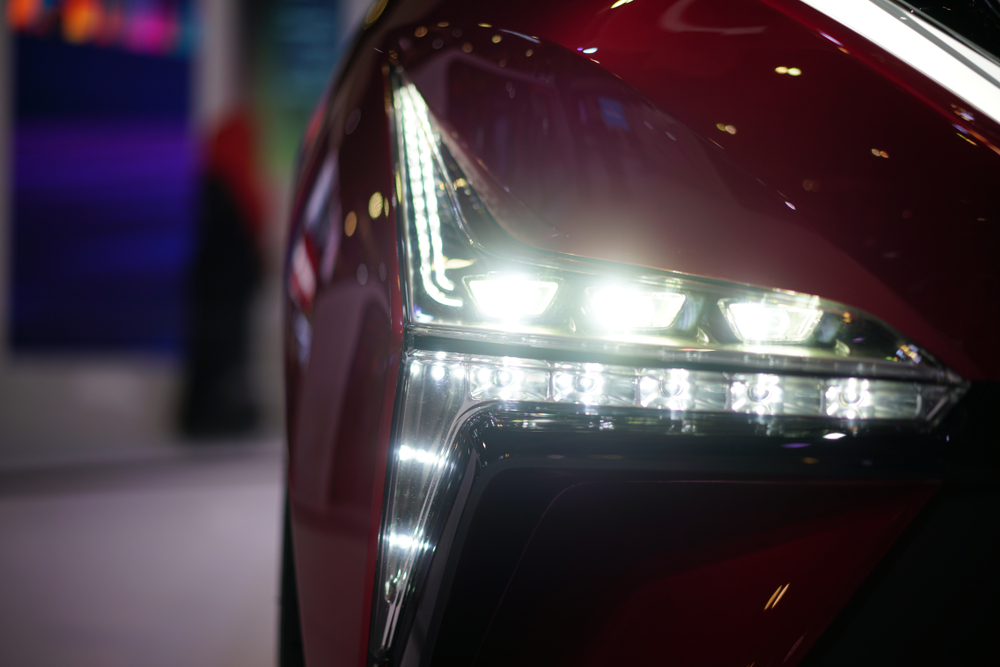
Adaptive headlights adjust the direction and intensity of the light beam based on the car’s speed, steering angle, and road conditions. This technology can improve visibility and reduce glare for oncoming drivers, enhancing overall road safety. Legal approval is needed to ensure that adaptive headlights meet safety standards and do not create additional hazards.
This article originally appeared on MyCarMakesNoise.
More from MyCarMakesNoise
12 Rare Military Vehicles Collectors Dream About

For military vehicle enthusiasts, the thrill of discovering rare and unique models is unparalleled. These collectors often dream about acquiring the most elusive and historically significant military vehicles. Read More.
15 Reliable 10-Year-Old Cars Built to Last Another Decade

Are you looking to invest in a vehicle that stands the test of time? Our roundup of 10-year-old cars proves that age is just a number when it comes to reliability and durability. Read More.
15 Unreliable Car Brands with High Breakdown Rates

When shopping for a new car, reliability is as crucial as the aesthetic appeal or the features it offers. However, not all vehicles are created equal in this regard. Some brands are notorious for their frequent breakdowns and high maintenance costs, potentially doubling the trouble for their owners compared to the average vehicle. Read More.



